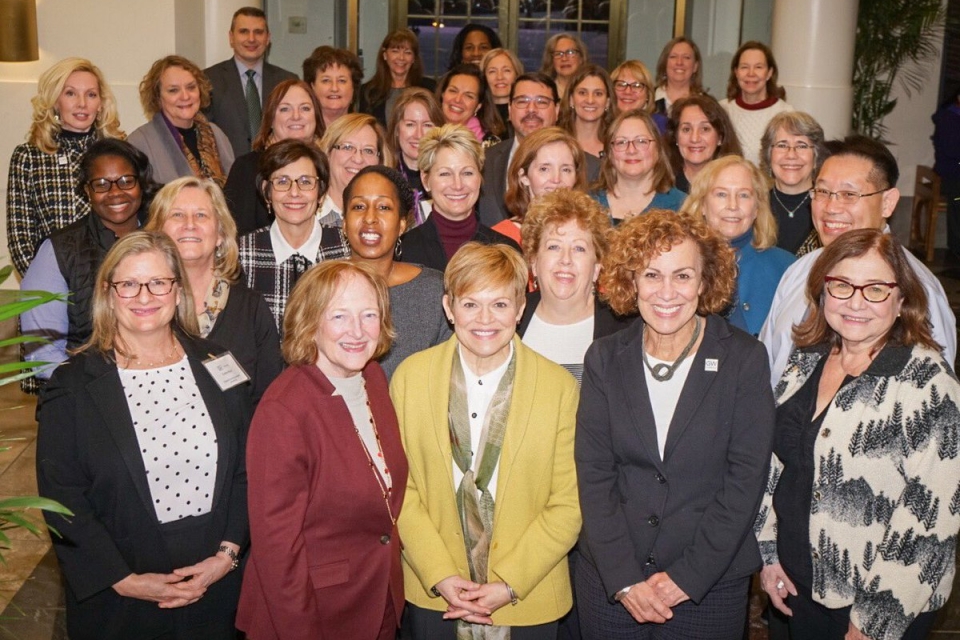Simulation leaders from academia, professional organizations and simulation technology companies met in Washington, D.C., last month to assess the role of simulation in nurse practitioner (NP) education.
Hosted by the National Organization of Nurse Practitioner Faculty (NONPF) and GW Nursing, the two-day summit focused on evaluating the current state of simulation science at the NP or advanced practice nurse (APN) level. Attendees discussed barriers to and benefits of using simulation and then mapping out next steps toward building peer-reviewed research on the subject.
An influx of students across health care professions is taxing clinical sites at the very moment more providers are needed. Dean Pamela Jeffries describes the state of NP education as a “traffic jam,” due to the lack of available clinical sites and the larger number of NP students compared to medical students.
To meet this challenge, nurse educators have turned to simulation to supplement direct patient care hours, especially for formative lessons. Whereas a framework for the effective use of simulation is established at the pre-licensure nursing level, little evidence exists supporting simulation’s application in APN programs.
The summit set the stage for the need for evidence for the national study, Dr. Jeffries said. She and Dr. Mary Beth Bigley, the CEO of NONPF, are leading a team that’s drafting a white paper and pursuing funding for a multi-site study.


